|
Building a backyard chicken coop requires a little research and planning before getting started. Below you will find a some of the things to think about with respect to the requirements and basic design principles before you start building, or even if you are considering buying a ready-made coop. Either way, if you are getting chickens you absolutely need to make sure you have a coop in place first!
Coop Requirements
Design Principles
Coop Cost
Check out our slide show of building the coop!
We built it in the spring of 2010 and it is still great 7 years later!
For information on building a coop check out: http://howtobuildachickencoopmanual.com
Thanks for visiting!
Check out more about our chickens on our page "Backyard Chickens" and follow our "Chickens & Eggs" board on Pinterest! Sincerely,
0 Comments
Well, we actually did it! We tried the open air coop method for the winter to date and so far it is a huge success! We started out slow (one day at a time) because we weren't sure if it really was a good idea or how our chickens would react. But after only a few weeks we realized they were way healthier than ever before despite the fact that it had reached temperatures below freezing!
Ok, so what is an "open air" coop? Well, actually, the idea is that the coop is basically left open for fresh air all year long. Rather than just having a vent (which we do have at the front and the back), the coop is literally left open even through the winter. For our coop (pictured above) we simply just left the inside coop door open all winter (you can't see this door - the screen door you see would actually be closed every night to keep predators out). The little inside door faces south, but is in the shade so really doesn't get as much sunlight as we would have liked. It didn't matter though. The chicken coop was full of great fresh air and the chickens (five of them) shared a perch of 4 feet wide that is just above the inside door opening. They easily kept each other toasty warm on the perch each night! Our girls are more healthy than ever before! Normally over the winter their combs (on top of their heads) would look pale and sickly. Their feathers would not look healthy and full. Not this year! They are absolutely thriving, and I believe they are even happier! The reason we think this method was so successful is the decreased moisture content and increased fresh oxygen. Normally we would close the coop up each night and all the exhaling done by the chickens would stay inside the little 4 x 4 house with them. This would create a moist environment with high concentrations of carbonic acid (they exhale this) - neither of which is healthy for the hens. Of course, I don't know what the results would be should the temperature go below zero degrees, however according to the book "Fresh-Air Poultry Houses" it still shouldn't be a problem! In fact, this book provided the general concept of a open air coop to start with and was my inspiration to give it a try! It's a great book and well worth the read! Our future hen house will definitely be designed with this fresh-air concept in mind!
Thanks for visiting!
Please follow us on social media :-) Sincerely,
A healthy mommy means a healthy baby. Just google that to see how many sites you come up with. Shouldn't the same be true for hens? Shouldn't a healthy hen mean a healthy egg? If you've purchased eggs lately you may have noticed how many different options there are. White, brown, organic, cage-free, the labeling on the cartons can be daunting, especially if you don't know what the labels actually mean. A lot of the labeling is actually bogus and means nothing. For example, "All Natural" and "Farm Fresh" really have no officially defined meaning. And "no added hormones" is only true because it's been the law for more than 50 years! Other terms have been defined and many people think they know the meaning, but do they really? Think about it: do you really know the difference between cage-free, free-range, and pasture-raised? Are all cage-free requirements the same? Why do some eggs cost significantly more than others? Which eggs are better? Which eggs are healthier for my family? So many questions lead to confusion and it is just easier to buy the cheapest eggs and move on. Trust me, I've been there. My goal today is to very simply describe the basic differences between the third party certifiers so that you can at least make a somewhat more informed decision when purchasing eggs for you and your family. Two things to understand when purchasing eggs:
In general, the eggs that come from companies that are third party certified are the most humane to the chickens and in turn this means they will also be the healthiest eggs for you and your family! This is because they are the companies that will have the strictest rules in place regarding what the hens are fed, how much space each hen has, whether they can go outside or not, when and if antibiotics or other medicines may be used, and if they allow beak cutting. How those general conditions can affect the eggs you eat:
OK. So where does that leave us when it comes to buying eggs? There are five third-party egg certifiers, some with more than one area of certification (so eleven certifications total). I started out by making a spread sheet to compare them all but there were so many differences and so many levels it just became too much. What I have done here is list them in order from what, in my opinion, is the worst at the top to the best at the bottom. I have included a brief description of why I chose to place them where they are in the 'pecking order' (yes, pun intended). If you want to read the actual requirements for each certification I have included the links under 'sources' at the bottom of this post. WORST TO BEST CERTIFICATIONS FOR EGGS: 11. United Egg Producers Certified Caged (see example of certification stamp below)
So take a look at the eggs in your refrigerator...ARE THEY CERTIFIED, and if so, by who? And the absolute best eggs? Raise your own backyard chickens! You will know exactly what they eat, how they are taken care of, and if they are happy or not :-)
A happy chicken is a healthy chicken! Sources: How to Read Egg Carton Labels (The Humane Society of The United States) Certified Humane Levels 1-3 Requirements (pdf file) American Welfare Approved Requirements (pdf file) American Humane Certified Enriched Colony Cages Requirements (pdf file) American Humane Certified Cage-Free Requirements (pdf file) American Humane Certified Free-Range & Pasture Requirements (pdf file) Food Alliance Certified Requirements United Egg Producers Certified Levels 1 & 2 Requirements (pdf file) We have raised backyard chickens for about five years now. Our first group of chickens were already full grown when we brought them home about five years ago so they really required nothing but food, water, and a safe place to live and sleep. We only have one of those original chickens still living so we decided it was time for more so this spring we brought home four baby chicks that were only four weeks old and that meant we had a lot to learn in order to take care of them properly. The first thing we learned was that they still needed heat. For the first week of a chicks life the temperature needs to be about 95 degrees. The temperature can be decreased by five degrees every week after that so this meant that at four weeks old they still needed to be kept at a temperature of about 80 degrees. Considering the temperatures were still dropping every night this meant keeping the heat lamp on them for a while. Lucky for us this was not a problem since we already had the heat lamp set up in the coop from the winter.
Having backyard chickens is a wonderful experience that we have never regretted. The only thing left now is to wait about 3 more months for them to start laying eggs...
If you are interested in raising chickens or learning more about raising chickens, my favorite resource is a website called BACK YARD CHICKENS. They have all the information you need to learn just about anything and everything related to raising backyard chickens. |
Hi there! I'm Kathie, the author behind Creating A Simpler Life blog. I'm excited to share our longterm projects (and planning) toward building our future retirement homestead in the Adirondack Mountains of New York. In the meantime I will be sharing all the other little things we do that are part of creating our simpler life!
Categories
All
Archives
July 2020
|

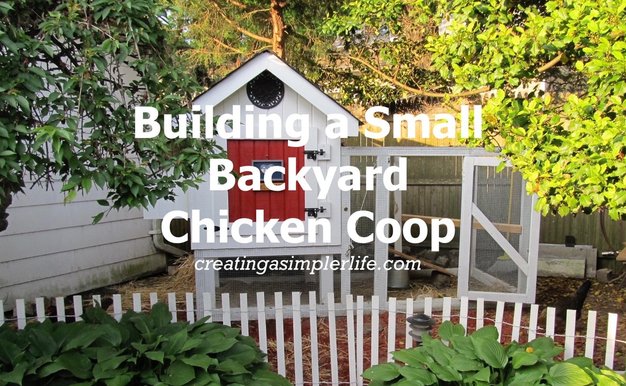

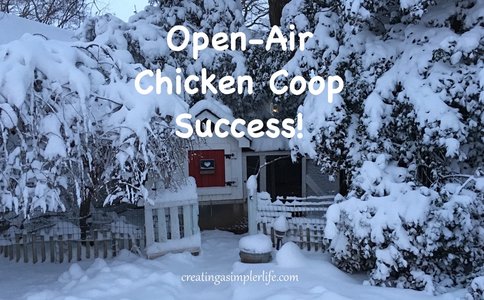

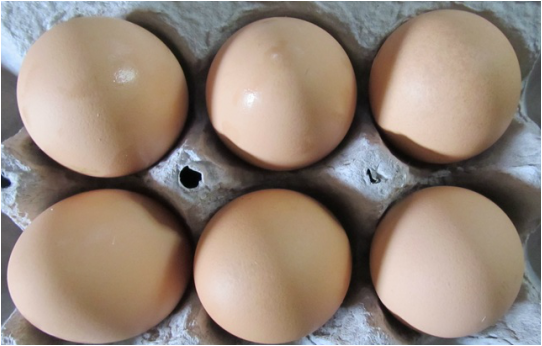
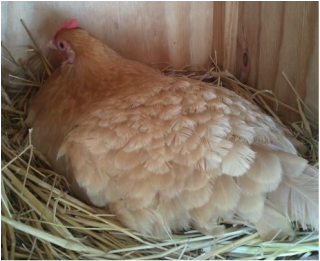
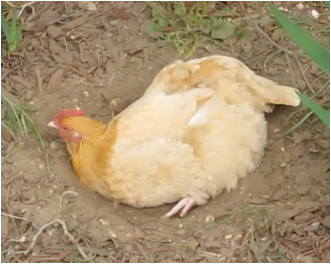
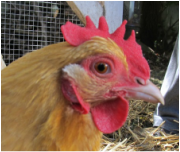
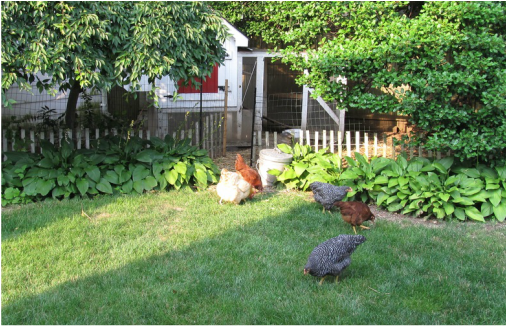
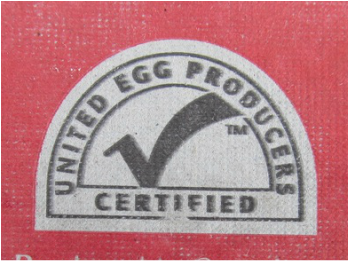
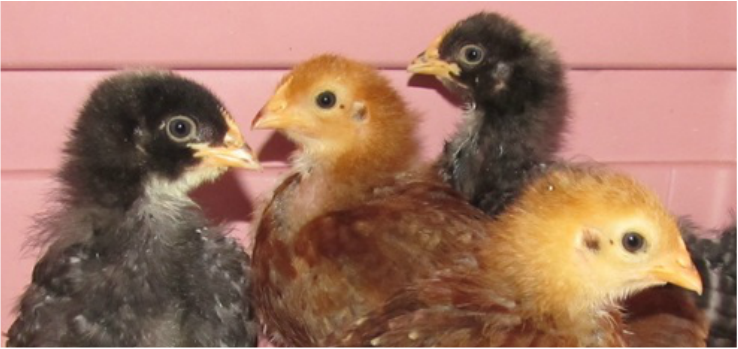
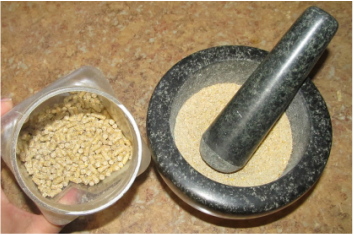
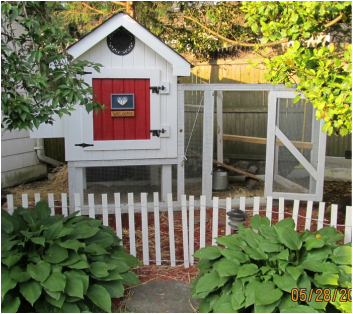
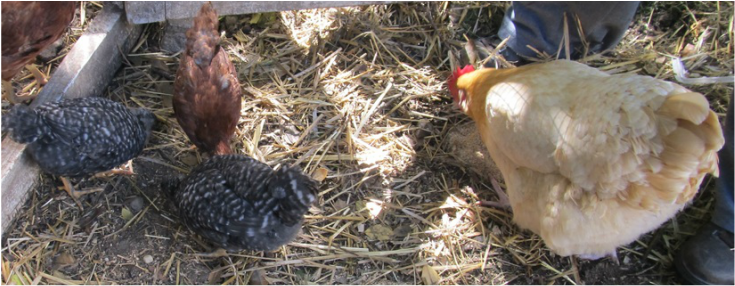

 RSS Feed
RSS Feed